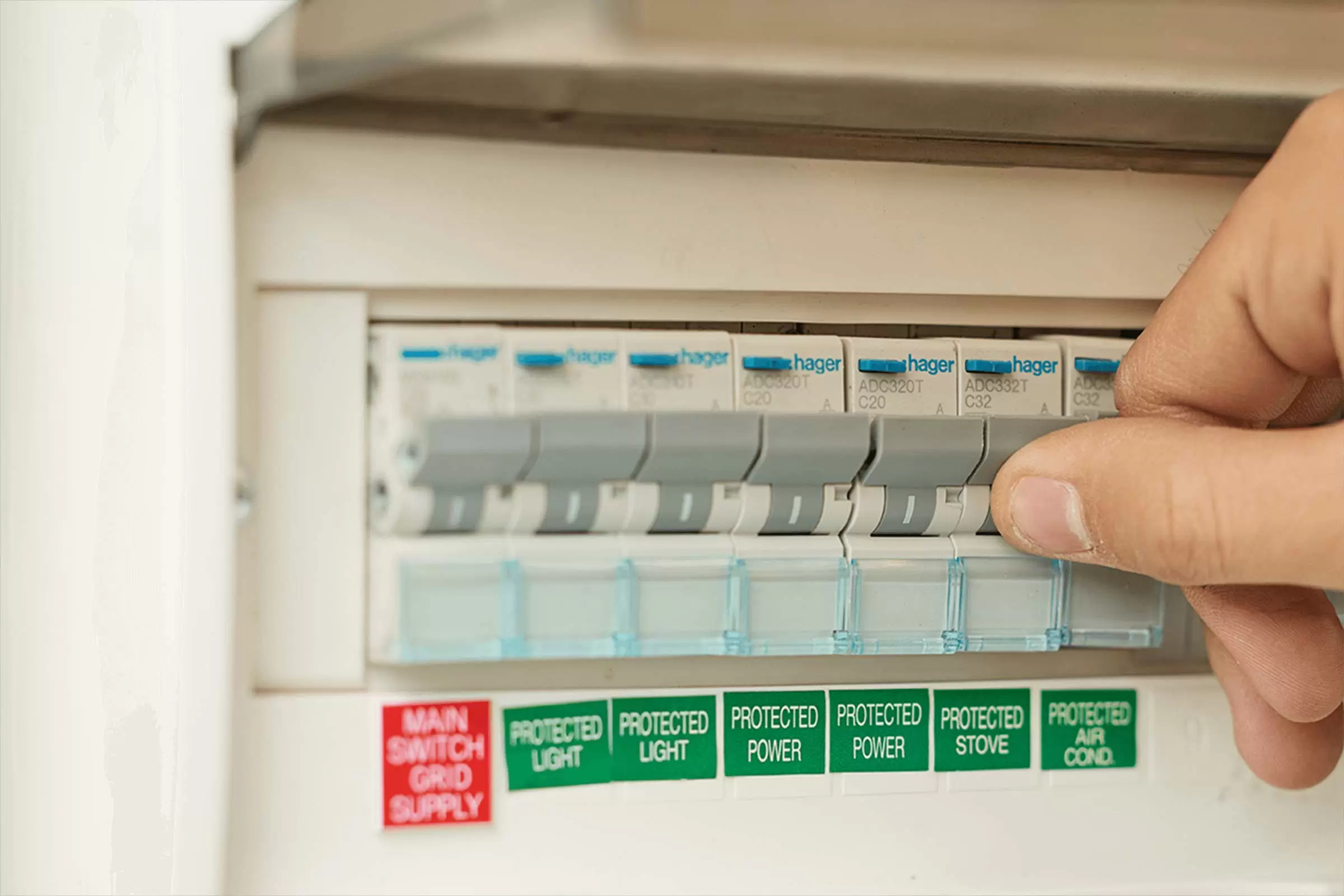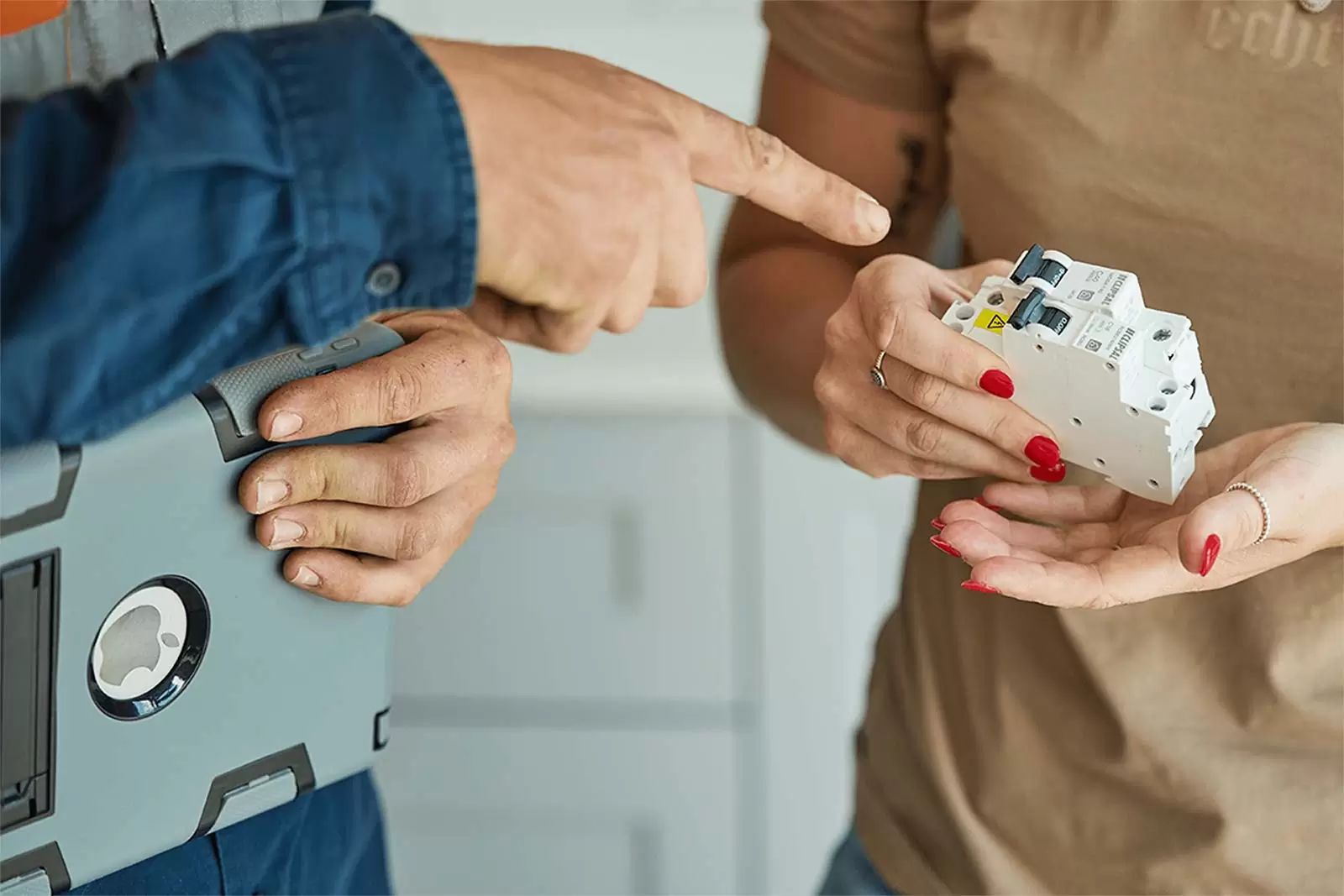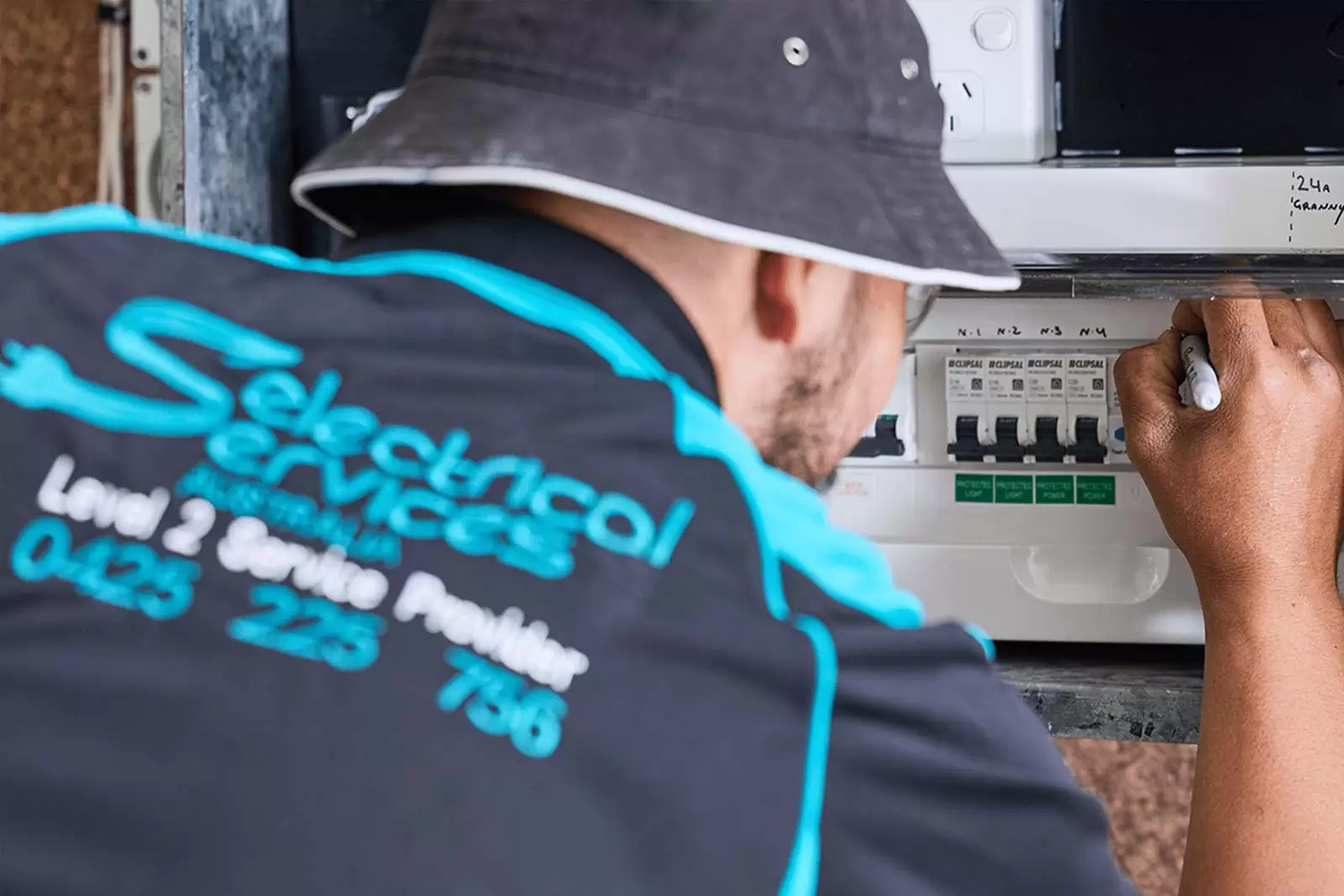News & Resources

Safety switches, sometimes referred to as residual current devices (RCDs) or ground fault circuit interrupters (GFCIs), are unassuming yet crucial components in electrical systems. They play a pivotal role in protecting people and property from the potentially fatal consequences of electrical faults and accidents.
In this comprehensive guide, we’ll delve into the world of safety switches, understanding what they are, how they work, and why they are a non-negotiable addition to residential setups.
Electricity has become an indispensable part of our daily lives, it’s a force that drives progress. However, it’s also a force that demands respect and caution. Electrical accidents can have severe consequences, including injury and even loss of life. This is where safety switches come into play.
Safety switches are a fundamental component of electrical systems, and their role is simple yet vital: to protect against electrical faults and accidents. In this comprehensive guide, we’ll uncover the essential details about safety switches, exploring what they are, how they work, and, most importantly, why they are a necessity in every electrical setup.
Understanding Safety Switches
What are Safety Switches?
Safety switches, or residual current devices (RCDs), are specialised devices designed to monitor the flow of electric current through a circuit. They constantly assess the incoming and outgoing current and are exceptionally sensitive to even the smallest imbalances. If they detect a variance, it’s a sign that something is amiss, and they act swiftly to disconnect the power supply.
How Do Safety Switches Work?
At the heart of a safety switch is a core principle: the balance of electrical current. When everything is functioning correctly, the current entering a circuit should be equal to the current leaving it. However, electrical faults, such as a leakage of current to an unintended path (like a person), can disrupt this balance.
A safety switch operates by continuously comparing the current flowing in the live wire with the current returning through the neutral wire. If it detects a difference of as little as 30 milliamperes, it triggers a rapid disconnection of power, preventing electric shocks and other hazards.

The Purpose of Safety Switches
Protection Against Electric Shock
The primary purpose of safety switches is to protect against electric shock. When a person comes into contact with a live electrical wire or a faulty appliance, the body can become a pathway for electrical current, leading to a potentially lethal electric shock. Safety switches act as a barrier, quickly cutting off the power supply to prevent such accidents.
Preventing Electrical Fires
Electrical fires can have catastrophic consequences, not only causing property damage but also endangering lives. Safety switches play a significant role in preventing electrical fires by interrupting the power when a fault is detected, reducing the risk of overheating and sparks that can ignite a fire.
Safeguarding Electrical Appliances
Faults in electrical appliances can sometimes result in the flow of excess current, potentially damaging the equipment and posing a fire risk. Safety switches can swiftly identify these faults and cut the power, protecting your appliances and the overall safety of your electrical system.
Installation and Maintenance
Installing Safety Switches
Installing safety switches should ideally be done by a qualified electrician. They are typically installed at the distribution board or electrical panel. The process involves connecting the safety switch to the outgoing circuits, ensuring that it has the capacity to monitor the electrical flow of multiple circuits simultaneously. The precise installation can vary based on the type of safety switch and the specific requirements of the electrical system.
Regular Testing and Maintenance
Safety switches require regular testing to ensure that they are in proper working condition. Most experts recommend monthly testing, which can be done by simply pressing the test button on the device. If the safety switch functions correctly, it should instantly trip, cutting off the power. If it doesn’t, or if it doesn’t reset after testing, it’s crucial to consult an electrician for inspection and potential replacement.

Safety Switches in Different Settings
Residential Applications
In residential settings, safety switches are a non-negotiable aspect of electrical safety. They are typically installed to protect power outlets, lighting circuits, and appliances. Modern homes are often equipped with safety switches in bathrooms, kitchens, garages, and outdoor areas where water and moisture can increase the risk of electrical accidents. The installation of safety switches is also mandatory in new residential buildings in many regions.
Safety Regulations and Compliance
Legal Requirements
Australia has taken a proactive stance in recognising the crucial role of safety switches in enhancing electrical safety. Consequently, the country has implemented stringent legal requirements governing the installation of safety switches in residential settings.
These regulations are designed to bolster electrical safety standards in residential domains. Understanding and adhering to these Australian legal requirements is paramount for property owners and individuals.
Safety Certifications
When choosing safety switches, it’s important to select products that meet recognised safety standards and certifications. Look for safety switches that have been tested and certified by relevant authorities. Common certifications include AS 61008 certification in Australia.
Safety switches are the unsung heroes of electrical safety, silently working behind the scenes to protect people, property, and equipment from the dangers of electrical faults. Whether it’s shielding against electric shocks, preventing electrical fires, or safeguarding appliances, their role is indispensable in ensuring the reliability and security of residential electrical systems.
Understanding what safety switches are, how they work, and why they are vital is the first step in creating a safer electrical environment. In every home, their impact is far-reaching, and their importance cannot be overstated. By adhering to regulations and ensuring proper installation and maintenance, we can harness the protective power of safety switches to make our electrical systems not only functional but also profoundly safe.
In the grand tapestry of electricity, safety switches are the threads that keep us secure, ensuring that the incredible force that powers our lives remains a source of comfort rather than peril.





